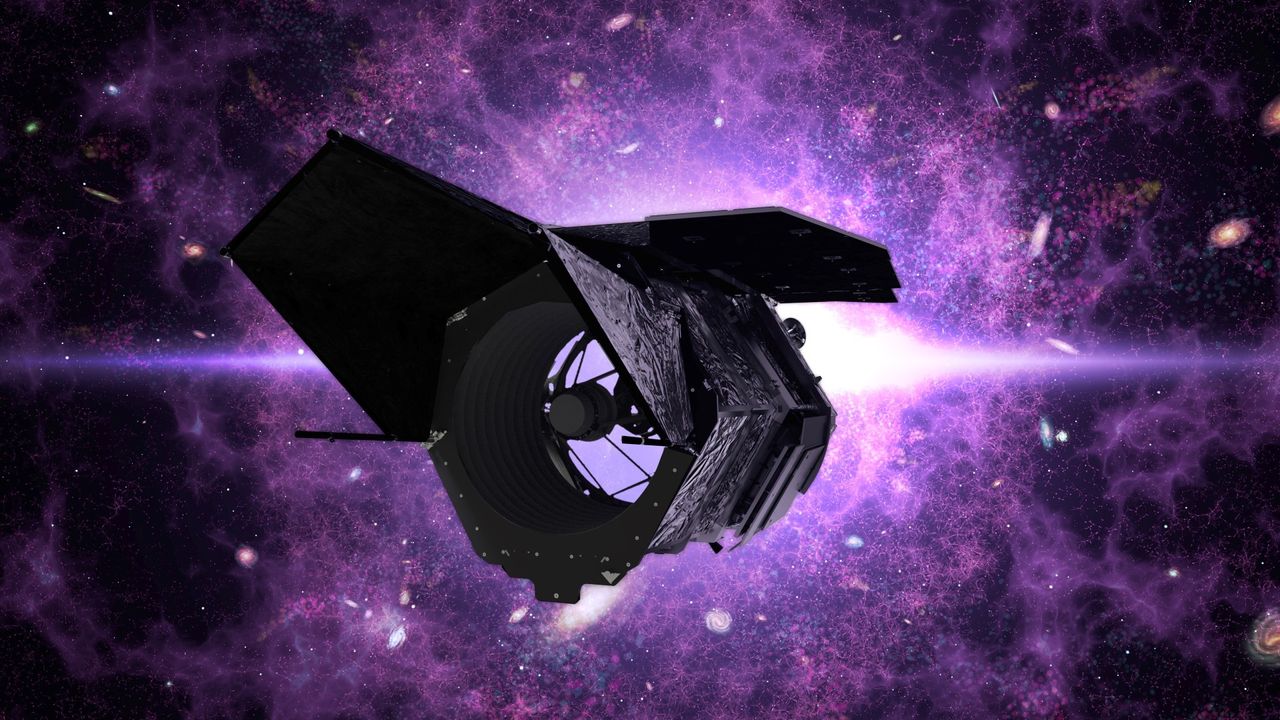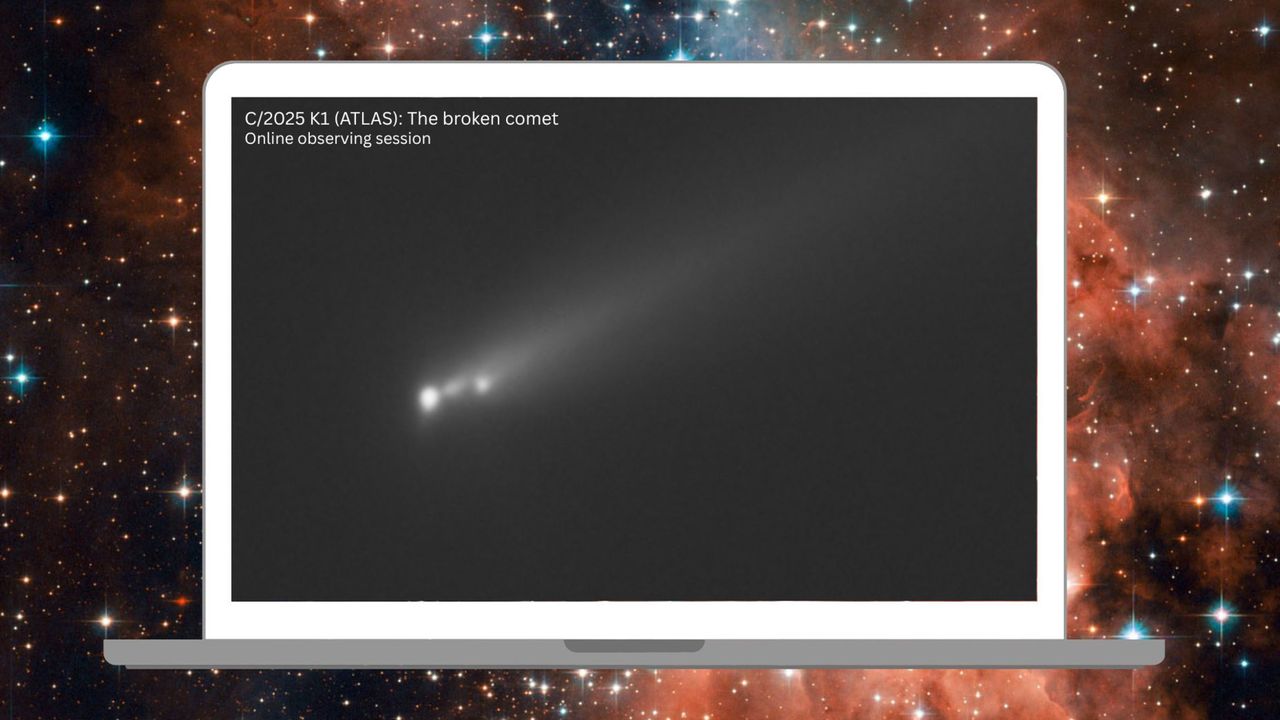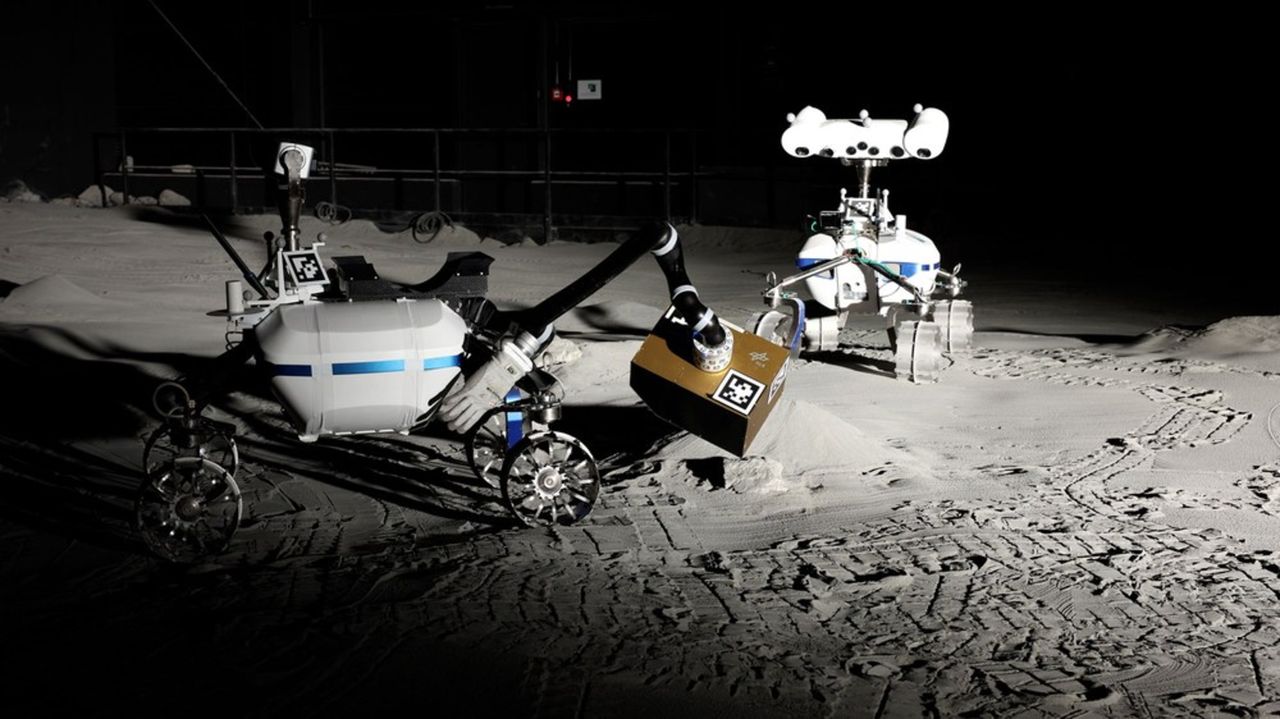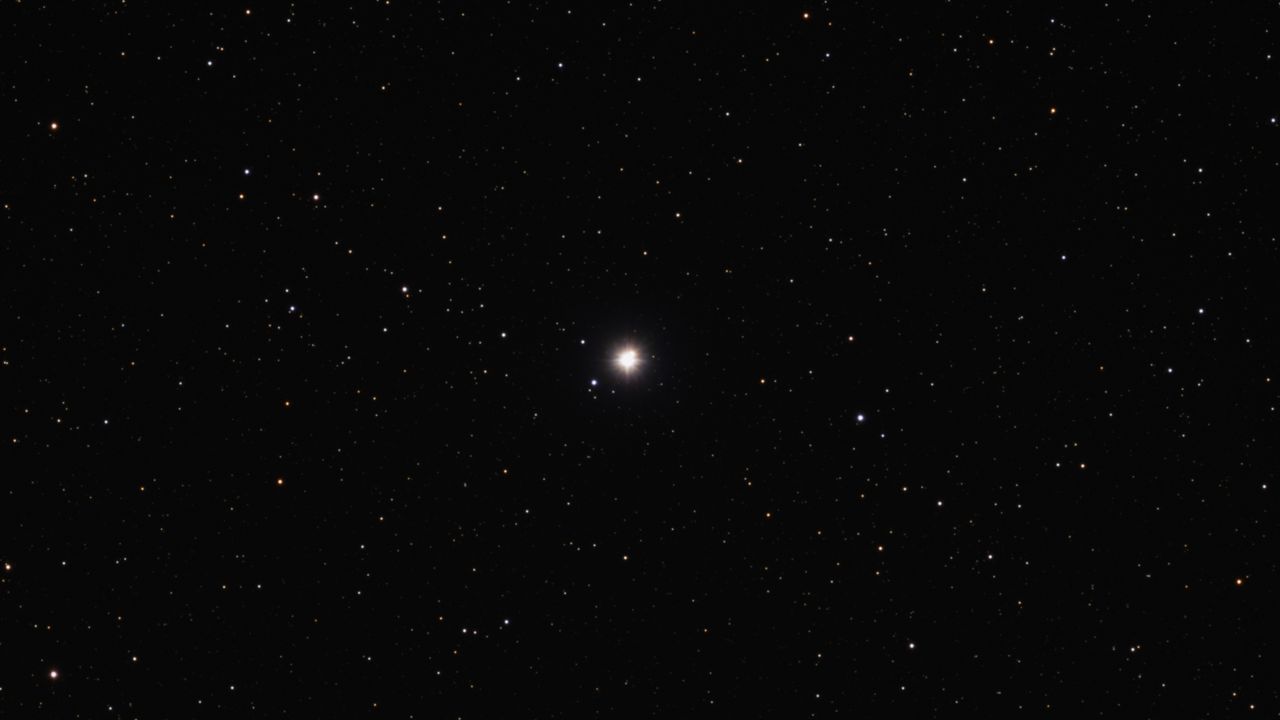Northern lights may be visible in 14 states tonight
PositiveScience
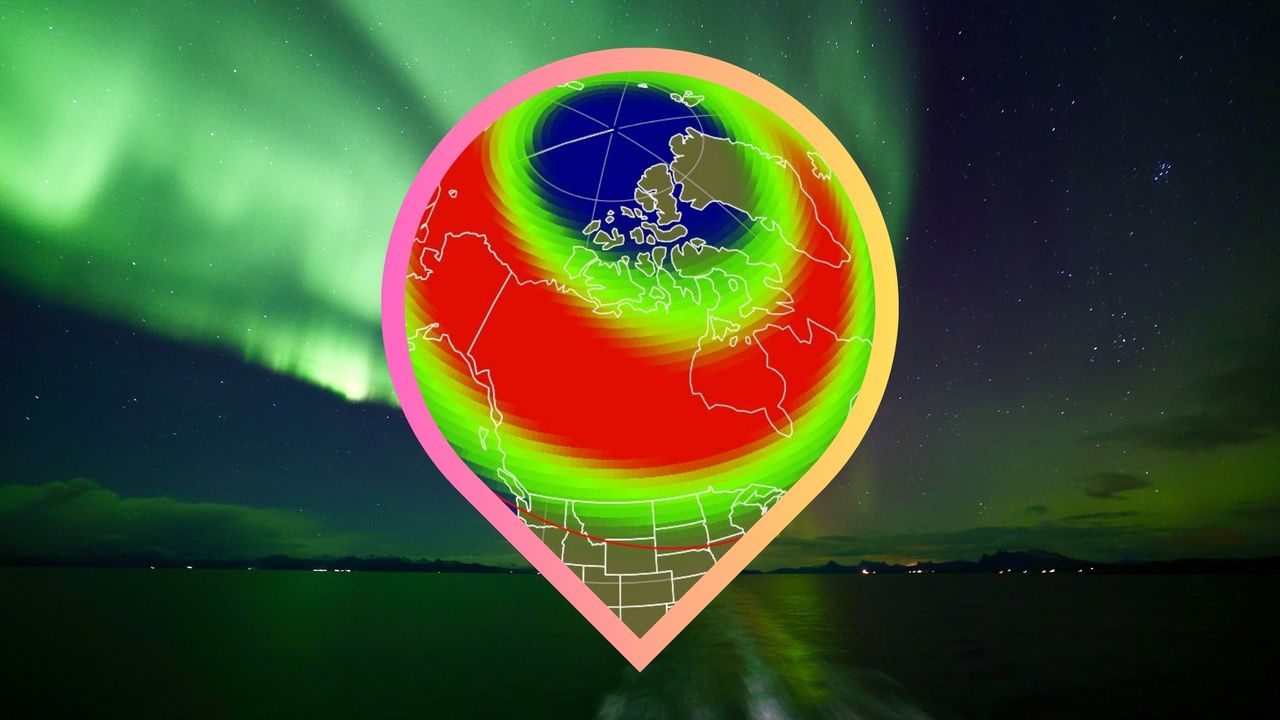
- Auroras are expected to be visible across 14 states from Alaska to New York tonight, as a strong solar wind is anticipated to trigger geomagnetic storm conditions. This natural phenomenon offers a spectacular display of the northern lights, captivating observers across a wide geographic area.
- The visibility of the northern lights is significant as it provides an opportunity for many to experience this breathtaking natural event, which is often limited to specific regions. The occurrence of geomagnetic storms enhances the chances of witnessing the auroras, drawing attention from both amateur and professional skywatchers.
- This event underscores the ongoing interest in celestial phenomena, as seen in recent occurrences where pilots and astronauts have documented stunning displays of the northern lights from unique vantage points. Such sightings not only highlight the beauty of our atmosphere but also contribute to scientific understanding of solar activity and its effects on Earth.
— via World Pulse Now AI Editorial System
